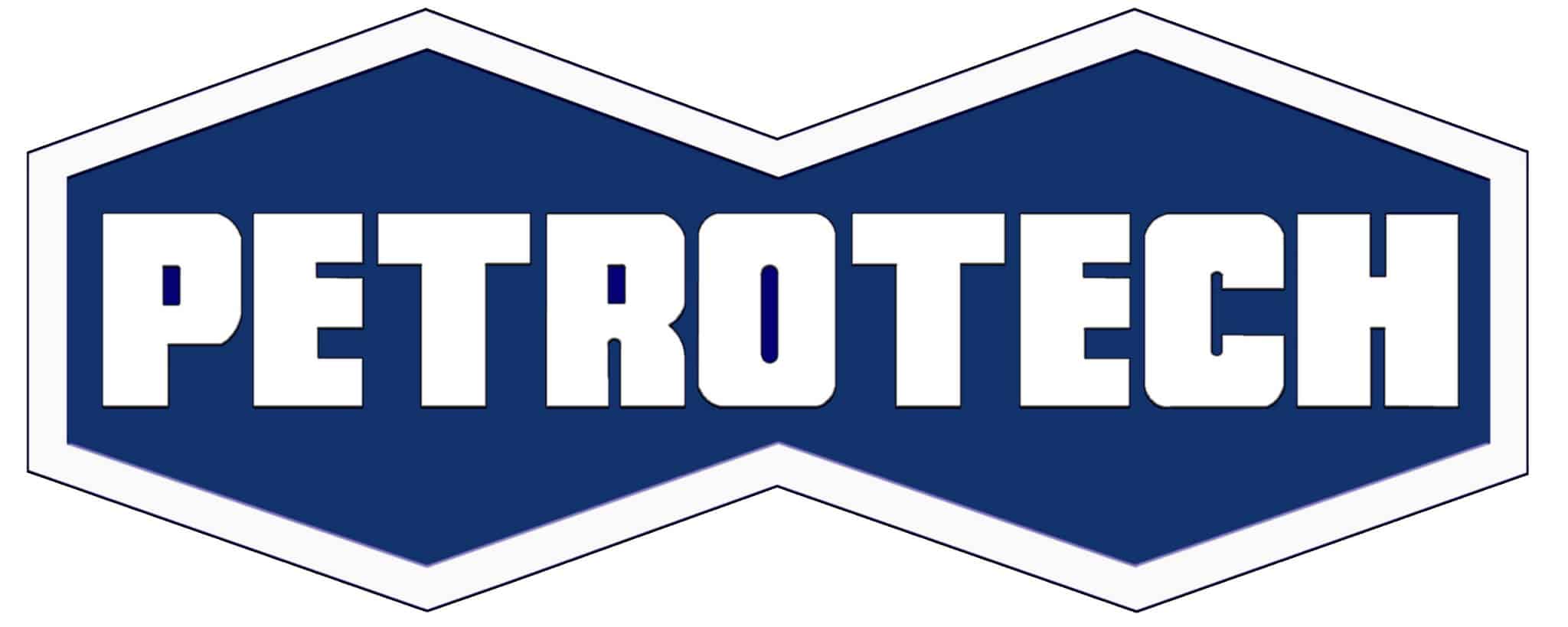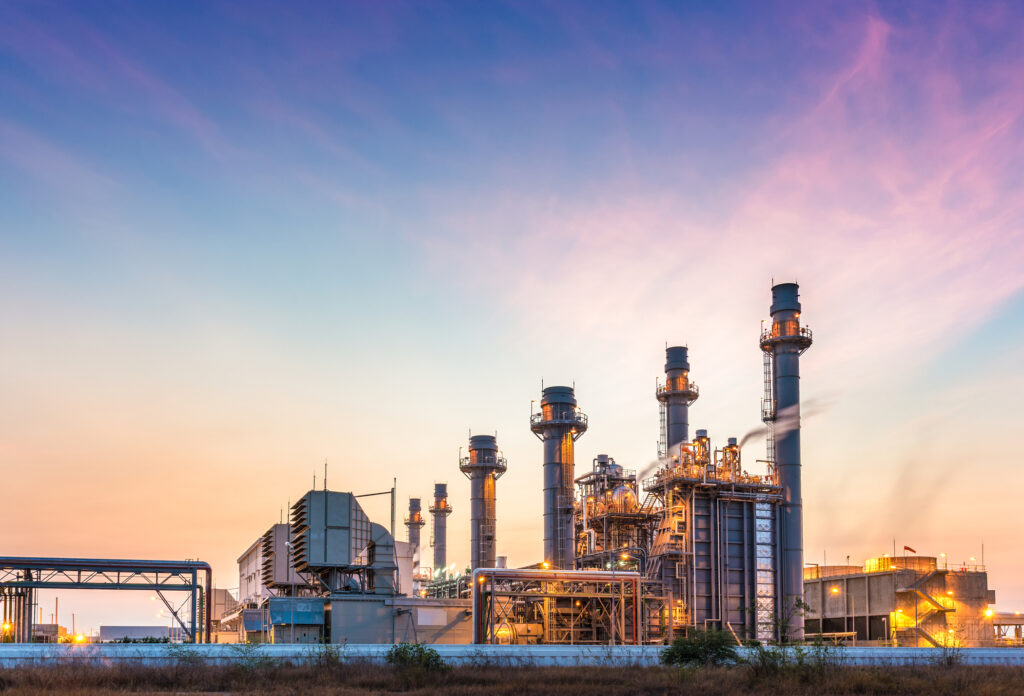Balance of Plant (BoP) systems are essential to the efficient and reliable operation of power generation facilities. This article explores the key components of BoP, their role in supporting different types of power plants—including thermal, nuclear, renewable, and gas-fired—and how proper integration improves performance and energy output. It also covers maintenance strategies, modernization practices, and the benefits of well-engineered BoP systems for reducing downtime and improving operational reliability.
What is Balance of Plant?
The main focus in a power generation facility is often the turbine-generator set that produces electricity. However, that generator would be ineffective without the supporting systems that surround and enable it. This is where Balance of Plant (BoP) comes in. BoP refers to all the auxiliary components and systems that support the main power-generating unit. Moreover, these systems ensure safe, efficient, and reliable operation of the plant by managing power distribution, thermal regulation, control operations, and site infrastructure.
BoP systems vary depending on the type of plant, but their role remains critical. From cooling and fuel supply to data acquisition and electrical transformation, BoP integrates every non-generating element that keeps the plant running. Petrotech specializes in developing advanced control systems that streamline BoP operations, enhancing overall performance and dependability across power generation facilities.
Key Components of Balance of Plant
Electrical Systems
Electrical systems form the backbone of BoP, handling the distribution and regulation of power within the plant. These systems include:
- Transformers: Transformers step up or step down voltage levels as necessary for efficient operation and grid connection. Power transformers manage the main voltage transformation, while auxiliary transformers supply power to plant equipment.
- Switchgear and Circuit Breakers: Switchgear and circuit breakers protect electrical circuits from overloads and faults. They ensure safe operation by isolating faulty sections, thus preventing damage to sensitive equipment.
- Power Distribution Panels: These panels distribute electricity to various plant subsystems, thus ensuring reliable power delivery to all critical components.
Mechanical Systems
Mechanical systems support plant operation by managing fluids, gases, and mechanical movement. Key elements include:
- Cooling Systems: Cooling systems remove excess heat from equipment, hence maintaining optimal operating temperatures and preventing overheating.
- Fuel Supply Systems: Fuel systems deliver the required fuel-gas, coal, or oil to the combustion units. They include pumps, filters, and conditioning units to ensure clean and steady fuel flow.
- Lubrication, Pumps, and Compressors: Lubrication systems reduce wear on moving parts. Pumps and compressors move fluids and gases where needed, supporting both process and auxiliary operations.
Civil and Structural Elements
Civil and structural components provide the physical foundation and protection for plant equipment.
- Foundations and Enclosures: Strong foundations support heavy machinery and absorb vibrations. Enclosures shield equipment from weather and external hazards.
- Pipe Racks and Control Buildings: Pipe racks organize and support piping systems, while control buildings house monitoring and control equipment in secure environments.
Instrumentation and Controls
Instrumentation and controls are vital for monitoring and automating plant operations.
- Sensors and SCADA Systems: Sensors collect real-time data on temperature, pressure, flow, and other parameters. SCADA (Supervisory Control and Data Acquisition) systems enable remote monitoring and control of plant processes.
- Control Panels: Control panels provide operators with interfaces for manual and automated control of plant systems.
Auxiliary Systems
Auxiliary systems support safety, comfort, and emergency operations.
- Fire Suppression and HVAC: Fire suppression systems detect and extinguish fires quickly. While HVAC systems regulate temperature and air quality in control rooms and equipment areas.
- Backup Power and Lighting: Backup generators and UPS systems ensure critical systems remain operational during power outages. Proper lighting supports safe operations and maintenance.
- Water Treatment: Water treatment systems provide clean water for cooling, steam generation, and other processes. Also, water treatment helps to prevent scaling and corrosion in equipment.
Balance of Plant in Different Types of Power Plants
Gas-Fired Power Plants
In gas-fired plants, BoP systems focus heavily on air intake, fuel delivery, exhaust treatment, as well as cooling. Compressors, intercoolers, and heat exchangers support combustion efficiency. Exhaust gas systems manage emissions, while BoP controls maintain system integrity under high temperatures and pressures.
Coal and Thermal Plants
Coal and thermal plants require extensive BoP systems to handle ash removal, feedwater management, as well as pollution control. Flue gas desulfurization units, electrostatic precipitators, and soot blowers are all part of the BoP package. Steam generation is closely monitored and controlled to optimize thermal conversion.
Renewable Energy (Solar, Wind)
Generally, BoP in renewable plants includes inverters, transformers, battery storage units, and grid tie-in systems. For solar farms, BoP manages photovoltaic output, energy storage, and safety disconnects. Wind farms require yaw and pitch control systems, nacelle monitoring, and substations to distribute generated power.
Nuclear Power
BoP in nuclear facilities supports extensive safety and cooling systems. Moreover, redundant power supplies, radiation shielding, containment structures, and cooling loops ensure controlled and continuous operation. Also, instrumentation plays a critical role in detecting anomalies and initiating automatic safeguards.
Integration for Efficiency and Reliability
BoP design significantly impacts plant efficiency, uptime, and safety. A well-integrated BoP system reduces bottlenecks and ensures auxiliary systems work smoothly with the main generator. This coordination helps prevent downtime and enhances overall safety. Early-stage engineering and coordination are critical because they:
- Avoid costly design changes during later stages
- Ensure system compatibility and optimized performance
- Facilitate smoother project execution and commissioning
Automation and remote monitoring systems play vital roles in Balance of Plant integration. Automated controls and sensors continuously monitor key parameters like temperature, pressure, and flow. They enable real-time adjustments to maintain safe and efficient operation. Remote monitoring allows operators to access plant data from any location, thus supporting early issue detection and faster response times.
The importance of automation and remote monitoring includes:
- Early alerts and predictive maintenance to reduce unexpected failures
- Enhanced operational reliability and maximized uptime
- Streamlined maintenance and reduced operational costs
Combining thoughtful BoP design, early coordination, and advanced automation ensures efficient, reliable, and safe power plant operation. This integrated approach supports both operational goals and regulatory compliance.
Maintenance and Modernization Best Practices
Preventive and Predictive Maintenance Tips
A balanced maintenance strategy is key for BoP systems.
- Schedule regular inspections, lubrication, and cleaning to prevent equipment failure as well as extend asset life.
- Use predictive tools like vibration analysis, oil analysis, and thermal imaging to detect early signs of wear or malfunction.
- Plan repairs and part replacements based on real-time data trends, and not just fixed intervals. This helps reduce unplanned downtime.
- Keep accurate maintenance records and train staff regularly to maintain high standards and quick response.
Importance of Condition Monitoring and Inspections for Balance of Plant
Condition monitoring and inspections are essential for reliable and efficient BoP operation, offering key benefits:
- Early Detection: Identifies issues before failures, enabling planned repairs.
- Asset Protection: Prevents minor faults from causing major damage, thus extending equipment life.
- Efficient Maintenance: Targets only necessary repairs, saving time and resources.
- Safety and Compliance: Reduces accident risks and ensures regulatory adherence.
- Cost Savings: Improves efficiency, lowers maintenance costs, and boosts equipment availability.
Upgrades for Energy Efficiency
Modernizing BoP systems delivers significant energy and cost savings.
- Install variable frequency drives (VFDs) to match motor speed to process demand, thus reducing energy use and mechanical stress.
- Upgrade to digital control systems for precise automation, better monitoring, and faster troubleshooting.
- Replace outdated motors with high-efficiency models to further cut power consumption and maintenance needs.
Benefits of Modular Upgrades and Retrofit
Modular upgrades and retrofits offer flexible, phased improvements:
- Fabricate and pre-test modules off-site for faster project completion.
- Reduce on-site labor, safety risks, as well as operational disruptions.
- Allow targeted upgrades and easy future expansions without major shutdowns.
- Improve quality, cost control, and long-term reliability.
Benefits of a Well-Engineered Balance of Plant System
A well-engineered Balance of Plant (BoP) system plays a crucial role in the overall performance and sustainability of a power plant. Its design and integration directly impact operational efficiency, safety, and future growth potential. Key benefits of a well-designed BoP system include:
- Reduced Downtime and Maintenance Costs: A well-designed BoP minimizes equipment failures and streamlines maintenance, hence fewer unplanned outages and lower repair expenses.
- Improved Energy Conversion and Transmission Efficiency: Optimized auxiliary systems ensure smooth operation and efficient energy flow, maximizing overall plant performance and reducing losses.
- Enhanced Safety and Environmental Compliance: Robust safety features and reliable control systems help prevent accidents and ensure adherence to environmental regulations.
- Scalable Infrastructure for Future Growth: Modular and flexible BoP designs allow easy expansion and integration of new technologies, thus supporting long-term plant capacity increases and modernization efforts.
Petrotech supports customers with control system upgrades tailored to both legacy systems and modern configurations. Our open architecture solutions allow for phased modernization without full system replacement. Contact Petrotech to discover how our expert BoP solutions can enhance the efficiency, reliability, and scalability of your power plant.


